Michael Skanes has been making movies for a long time. “I’ve been doing film since high
school,” he tells me. His story is an inspiring one, from producing his own films, taking a leap of
faith and moving to LA, and now working for HBO. I wanted to find out more about how he accomplished this, so we dove right in, talking about his journey in film. He went to film school at the University of North Carolina at Wilmington. “It was a great creative atmosphere to just try things and not be afraid to fail,” he says. He was a part of a lot of films during his time in college.
Permission to fail is such a key part of the learning process. Not everything you make is going to be successful, or even good, as he readily admits, but you learn just as much–if not more–from those experiences as you do from the things you do really well.
“After college there weren’t a lot of opportunities in North Carolina. I interned out here in LA at
Dick Clark Productions as well as in Wilmington at Screen Gems. I met some cool people, I
learned different things, but it wasn’t an opportunity that became a job.” So many artists can relate to that; searching for opportunities that could benefit you long-term, but don’t pan out quite in the way you were hoping. This didn’t stop Michael. “I just took a leap, moved to LA, and
started applying to every trailer house I could. I finally landed at Workshop Creative and I
worked my way up from a runner […] to assistant editor and eventually editor. I’ve been cutting
trailers since.” In 2017, he got picked up by HBO, and after bouncing between coasts he landed
back in LA, where he now lives and works.
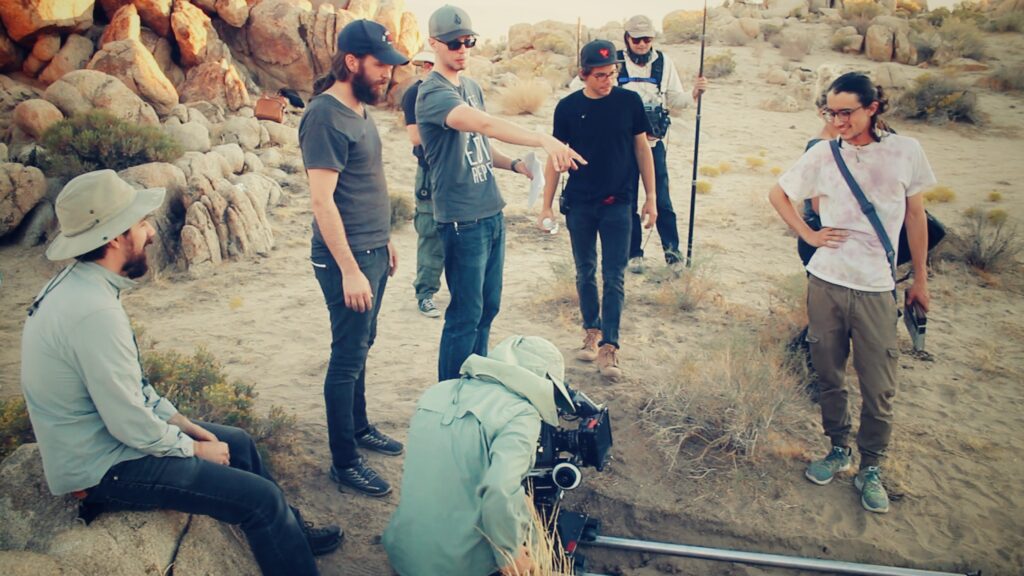
I ask him about cutting trailers. I tell him that as a novelist, I am able to write a whole 300 page
novel, but if you ask me to write the copy for the back cover in order to sell the book, I freeze. It
seems to me that making a film and cutting a trailer is a similar concept. If you’re a filmmaker,
you know how to make a movie. Cutting a trailer, however, is a totally different task. Michael
agrees with my analysis. “It’s its own skill set for sure. […] You can be a trailer editor and also
cut something longer, whether it be a short film, maybe even a feature film, but it’s really hard to
go the other way. I find that people who cut longer stuff […] have a hard time condensing it down and doing a trailer.”
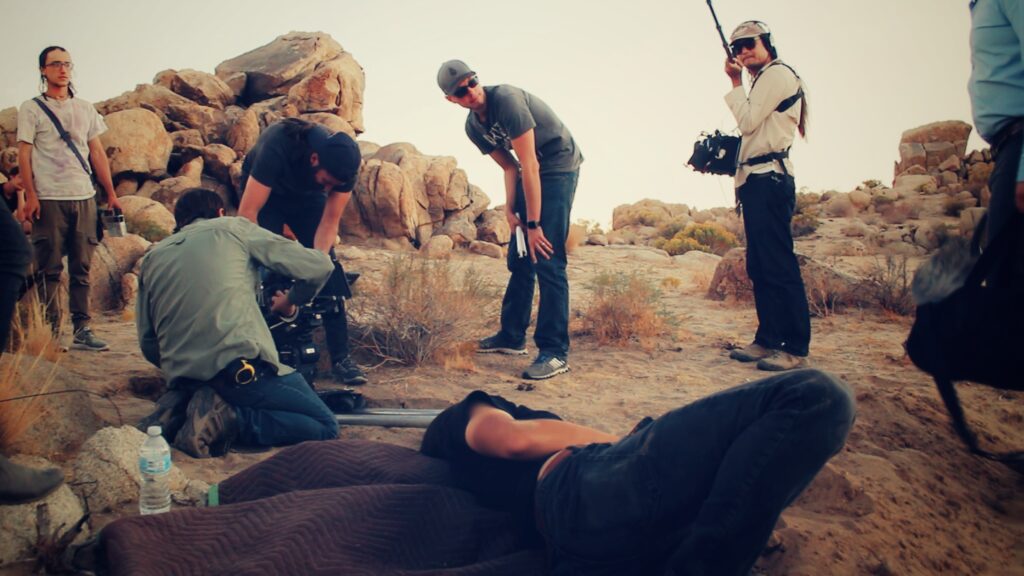
I ask him what he wants to say about cutting trailers to filmmakers who want–or need–to try
their hand at it. “In a way it’s the same as doing a story, whether it’s written or a short or a
feature. It’s a three act structure. You’ve still got a beginning, middle, and end, but the difference
is you’re not resolving anything. You kind of set up the premise at the beginning, like who are
our characters and what’s the inciting incident, what’s going to be the big problem that’s going to get in their way. Then there’s the second act of the trailer, which is building upon that struggle. If
this is their problem, then what’s going to happen through this movie, what’s going to stop them from completing that goal? You add more and more on top of them until it feels like this task they’re trying to complete is almost impossible. Then you have your climax of the trailer, what’s the final thing that gets in their way. […] Whether it’s this big ultimate showdown, bringing the two sides together, Avengers-style, or a creepy moment with a character getting dragged away into the darkness – you want to end on a high note and set it up a question for the viewer leaving them with a cliffhanger.” He’s talking about action and horror, but the same concept can be applied across genres. “Comedies tend to be some of the trickier trailers because it’s all about finding the right jokes. In a similar vein, you still set up the characters, you set up the situations, but you usually want to go out with a pretty strong joke.” This includes a lot of going back and forth with clients, making sure you’re both suiting their needs and getting the strongest joke possible in the trailer. Regardless of genre, he says “it’s all about leaving the viewer with a lot of questions so they don’t know exactly how it’s going to resolve.” We discussed how some trailers leave you with questions you’re excited to answer, while others feel like they’ve spoiled the whole movie. It’s a delicate balance. You have to give the viewer enough that they’re intrigued, but not so much that they know everything about the film… especially how it’s going to resolve. Cutting a trailer for a short film is its own challenge, but he has a word of advice about that, too.
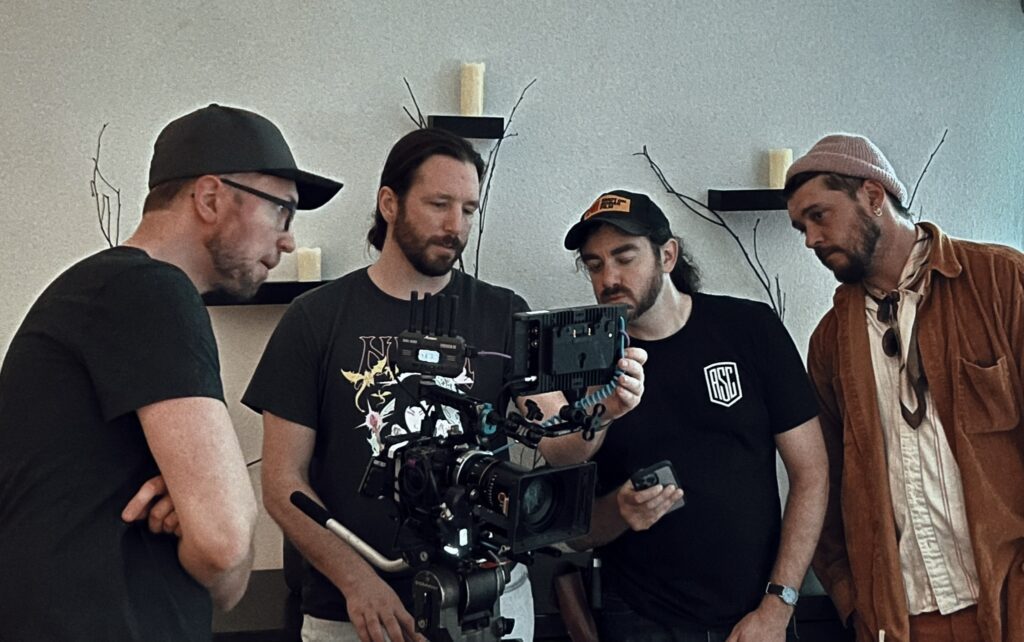
“What I like to do for short films specifically is I cut teasers. I kind of just set up the scenario. For
my most recent one, Mamu, for example, it’s about this sleep deprived mother who’s trying to
take care of her child and there’s this demonic presence that’s haunting her house. So it was
like, I don’t want to reveal what he looks like, I don’t really want to set up too much, but at least
convey the tone and the inciting incident, which is that her baby monitor went off and there’s
nothing in the room. So then we leave it on a cliffhanger, she’s looking up the stairs, like do I
really want to go up there and find out what’s in my kid’s room? And then we just cut to title.
This keeps it really simple, since it’s a short film, and that way I don’t spoil too much else.” The
Mamu teaser, which you can find below, is a masterclass in making an effective teaser. Like
Michael said, it’s simple, but that’s what makes it so genius; it sets the stage for a truly creepy
horror short without giving away a single scare. The anticipation is what makes it so effective;
music and camera movement create a tense atmosphere as the viewer–and the
mother–wonder what could possibly be waiting in the nursery. Take a look at the teaser before
you keep reading. It’s worth all 27 seconds that you’ll spend on it.
We discuss his roles at HBO, of which he has many. He acts as a producer, an editor, and so
much more. He also wears a lot of hats while working on his personal projects, as so many indie filmmakers do. I ask him how he balances it all, and he laughs. “That’s the mystery. It’s how do you balance a job, if you want to do personal projects, personal life, and then everything else?
For me, I think it’s just that you pick and choose.” Working from home gives him some flexibility,
which helps. “It’s a tricky balance, but somehow I find a way to make it work.” That’s the story of
so many artists, especially those with families and/or full time jobs. When you’re passionate
about something, you find a way to fit it in, even if you have to take breaks or can’t focus on it all
of the time. “It helps that my wife is super supportive and when I’m busy with work she’s able to cover the kids.” I’ve written a lot about finding a creative partner you can count on, but this feels like the perfect time to talk about how important it is to have a wider support system of people who value your work. This doesn’t have to be a romantic partner; friends, family, and other
community members are so valuable for artists who are trying to make their creative dreams
happen while juggling the rest of their lives. That’s probably a whole article in and of itself, but I was so glad Michael mentioned it; no one should be expected to “do it all,” especially not by themselves.
I ask him if it’s ever difficult to maintain his own creativity when he’s spending all his time on
other people’s projects. In my mind, that’s the hardest part of having a day job in the arts; in
some ways, you’re living the dream, but in others you’re pouring so much of yourself into other
people’s art that it can be hard to maintain a balance. “It definitely is,” he says. “Last year, we
were wanting to jump into production a lot sooner than we did, but my workload with HBO at the time was super heavy, so it was like, yeah, we’re not going to be able to shoot that year. The
one reason we wanted to was so we could hit all the horror festivals.” Even when you have a
timeline in mind, life–and work–can get in the way of your creative life. They did get the film
shot, and it’s in post-production now. The team is starting to submit to film festivals, so even
though this hasn’t happened on the timeline Michael hoped for, it still is getting done. I think
that’s so key; life happens, work gets busy, family life needs to take priority, but if you work hard
and have supportive people around you, it’s still possible to make your creative projects happen,
even if there are some compromises.
We segued into talking about his personal projects. He’s done a lot of genres, but his website has a lot of horror on it. “Way back in high school I was doing horror,” he tells me. “I started there. I feel like a lot of people probably do. I kind of tried a bunch of different genres, and based on my skill set and what I was drawn to, it brought me back to horror.” His different films have taken him to different places. He tells me more about his horror film Mamu, which he says was a COVID film, and it came with all the limitations that the pandemic placed on everyone’s lives.
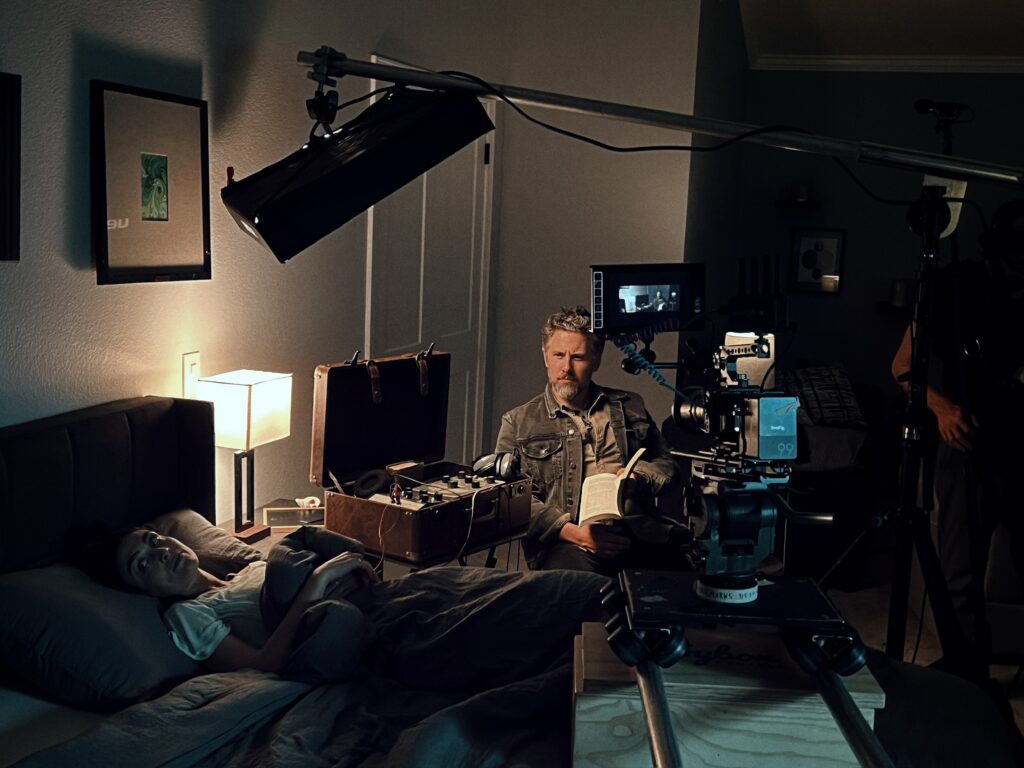
The next film was Parasomnia. It came to him shortly after Mamu. He was inspired by Inception,
but wanted to give it a horror twist. “What if you were going inside someone’s nightmares?” He
had to be realistic about the premise. “That idea was too ambitious. So, we had to scaled it
back, and I added some of my own personal fears to the film, which came from being a parent
and my daughter’s experience with night terrors, so it evolved into more of a horror drama film
now.”
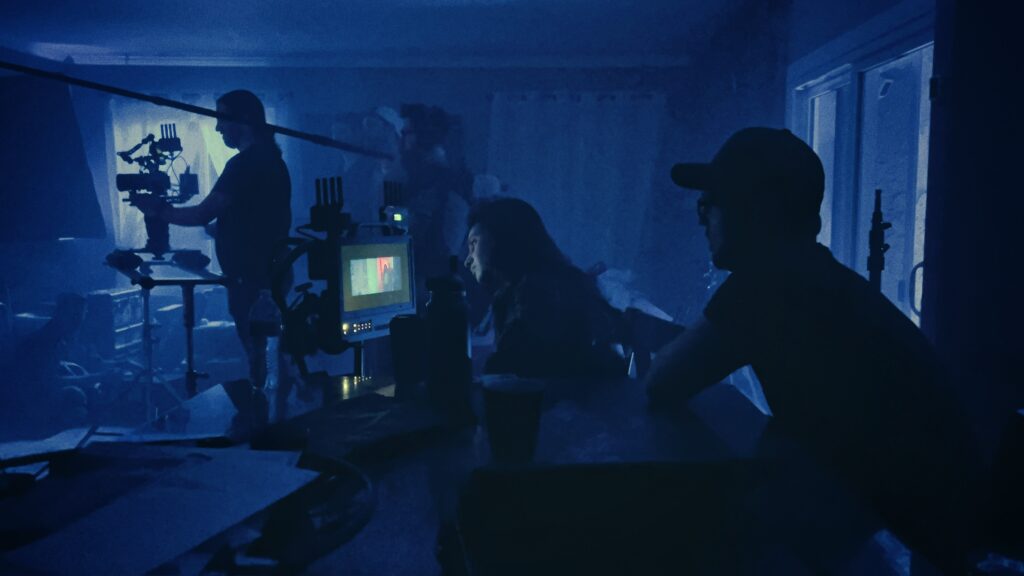
I ask him what keeps him coming back to horror. “It’s fun,” he tells me. “I sit there and I laugh
when I scare people. It’s great. It’s the same thing with comedy. You know when you make a
good horror film and you know when you make a good comedy, because you’ll be there in the
audience and you’ll hear people either laughing or freaking out in terror. It’s great to have that
immediate audience feedback.” He laughs. I’ve heard this before from other horror filmmakers,
how rewarding it feels to watch an audience squirm in their seats as they watch your film. “It
may not be easy for other people, but I find it to be just a little bit easier than some of the other
genres.” He’d like to explore comedy again–he has a few ideas–but there are some skills he
wants to develop first. “With horror, there’s just a lot of interesting concepts that you can create.
Everyone has fears and is scared of something and I like to dive into that.” There are so many
things to explore; “is it a demon, is it a ghost, is it religious, is it folklore, is it your fear
personified?” He pauses. “It can be shocking in a way, and I really like that.”
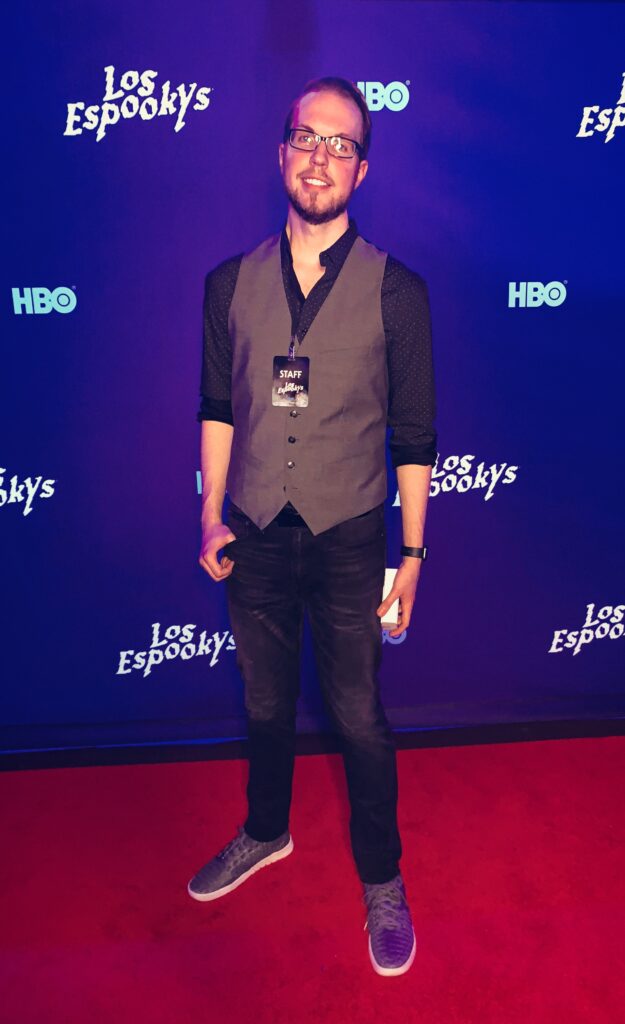
We take a minute to geek out about Mike Flanagan’s The Haunting of Hill House. “That was my introduction to Flanagan, and before that I didn’t see horror as being emotional. As much as you fear something, it can be based, maybe irrationally, in love. Love and fear are both extremely irrational emotions. How he took Hill House, and at the very end it’s a love letter, that really got me. It’s very interesting what you can do with the horror genre. It just opened my mind to a whole new box of tools.” I loved that; good art makes you feel something, and it also has the
capacity to teach you something new about yourself, either as a person or as a creator.
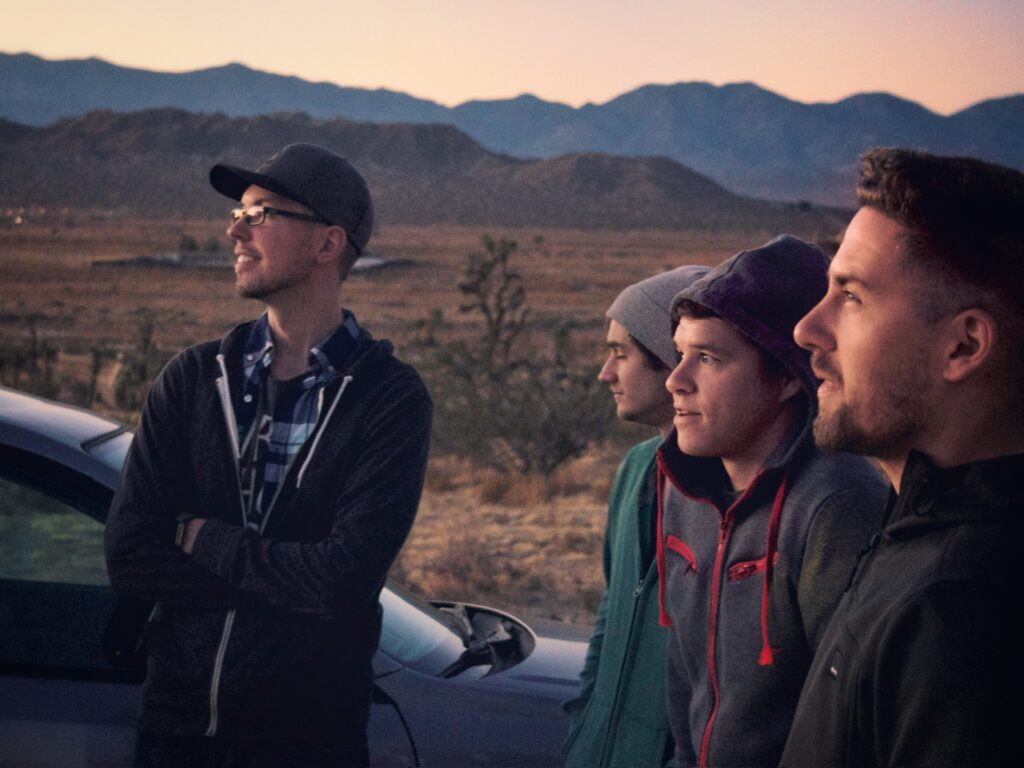
Thank you so much to Michael for sitting down with me to have this conversation. Take a look at
his website to learn more about his work and watch some of his excellent short films.

Leave a Reply